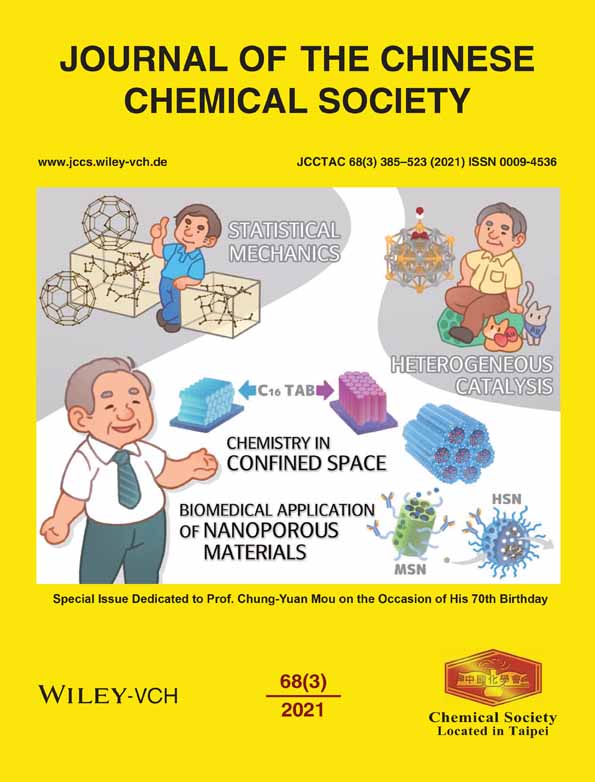Charge transfer enhanced magnetic correlations in type-II multiferroic Co3TeO6
Funding information: Ministry of Science and Technology of Taiwan, Grant/Award Number: 112-M-008-027
Abstract
Magnetic structure of the Co ions in monoclinic Co3TeO6 in the antiferroelectric state at 16 K has been determined by neutron powder together with single-crystal diffractions. The indices of the magnetic reflections that appear at the incommensurate positions were determined by diffractions from a single crystal, which allow to uniquely identify the magnetic modulation vector. There are two crystallographically distinct Co layers. Magnetic incommensurability appears in the Co spins in the layers comprising zig-zag chains, with a magnetic modulation vector of (0.357, 0.103, 0.121) at 3 K but changes to (0.4439, 0, 0.137) at 16 K, while the Co ions in the honeycomb webs form a collinear antiferromagnetic structure. Thermal reduction rate of the Co moments in the honeycomb webs was found to be much smaller than those in the zig-zag chains. Shifting of large amounts of electronic charge into the CoO bonds in the honeycomb webs on warming is used to understand the behavior.




